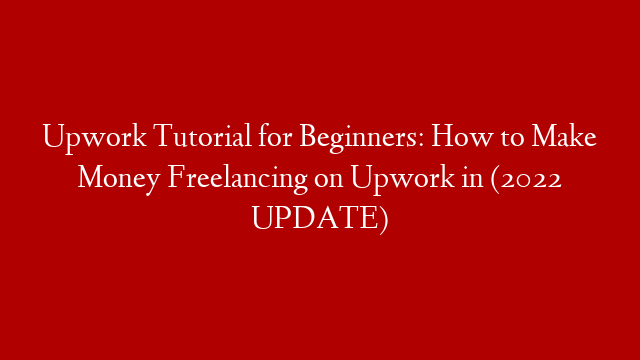Freelance journalism is not only a way to open a door to a full time reporting job; many prefer the freedom that freedom that freelancing allows and also the fact that they can start without a college degree. Here’s the best way I know of to get assignments at newspapers.
First find out if the newspaper uses freelancers. The Writer’s Market online version currently lists about 360 newspapers, including specialty ones like the American Jewish World and legacy newspapers like the New York Times.
If you are browsing through newspapers in your library, you can determine if they use freelancers by looking for byline tags such as “for the Ashland Tidings,” “special to,” “special writer,” “correspondent,” etc. instead of tags like “of the Ashland Tidings,” “staff writer,” etc.
In preparing to pitch an idea to a newspaper editor, get a good sense of its style by reading it from front to back page, paying extra attention to the places they use freelancers. Many papers are online now, and if it’s a good prospect it may be worth paying for an online subscription.
When creating ideas to pitch, check back issues if possible to see if your stories have been covered in the past year and a half. If a topic in general was covered but you have a fresh angle pitch it, note your angle. Newspaper editors love hearing new ideas – if they’re in tune with their paper/readership.
If you have clips (published articles), select your best (no more than five). Find out if the editor prefers these mailed, emailed or uploaded to your website. If you are new to freelance journalism and don’t yet have any clips, consider these alternatives…
- Volunteer to write for a community publication or website. Write your articles as a journalist would. Avoid public relations writing when building clips for a newspaper.
- Publish at an online site like Helium.
- Create a blog that shows your journalism skills.
In your pitch, show the editor you take journalism and your profession seriously and that you are in tune with your community. Be familiar with journalism ethics. If there is any potential conflict of interest between your current job or other freelance work and work you may do for the newspaper, tell them up front.
Also considering the migration of newspapers to online news, mention any digital skills you have, such as shooting and editing video, engaging readers online through a community you have created (blog, social media page, etc.), online writing skills, etc.
When you pitch a newspaper, aim for an editor somewhere between the editor-in-chief and a junior editor. A features, lifestyle or city desk editor are usually good choices.
While magazine and book editors should never be cold called, a news editor is more likely to see this as a sign that you aren’t afraid to pick up the phone (a requirement in reporting). One of the career advisers at Poynter suggests doing so.
Place your call after, not before, deadline. For a morning daily, deadline would be the previous evening. For an afternoon daily, deadline would be that morning. Weekly papers’ deadlines are generally the day before the paper is published.
One way to write an email pitch is to do a shortened version of a magazine query, noting that you have more ideas as well and then list them with a couple sentences detailing each one.
Or instead of leading with a pitch for one idea, introduce yourself and pitch each idea separately. Conclude with a request to discuss further. If you have references, list them. Newspaper editors don’t have time to fiddle with “references on request.”
Go over your email with a fine tooth comb. An editor expects you will be putting your best foot forward in this competitive field. All it takes is one typo or factual inaccuracy to get the “delete” button clicked.
When you land an assignment, treat it like the gold that is. This could open the door for future freelance journalism assignments, and it could provide an important clip.
Be sure you understand the editor’s requirements. If you’re not clear, don’t be afraid to ask for clarification. They would expect you to do the same with a source.
Finally, deliver exactly what is asked for, and you’re well on your way to a journalism career!

![PayPal Individual Vs PayPal Business Account Comparison India [Hindi] #PayPalAccount for Freelancing](https://www.recue.com/wp-content/uploads/2022/04/PayPal-Individual-Vs-PayPal-Business-Account-Comparison-India-Hindi-PayPalAccount-for-Freelancing.png)
